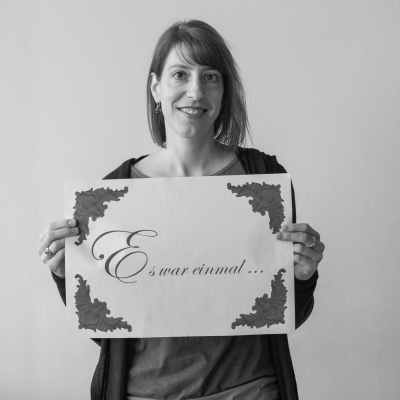- Once Upon a Time
- Team
- Martina Hollstein
Martina Hollstein
My study is part of a MARUM project which aims to unravel the role of oceans in climate change. I try to improve our understanding about the interactions between ocean and climate in the western tropical Pacific Ocean. This region is interesting because ocean temperatures here are extremely high. Huge amounts of heat and water vapor are transported to the atmosphere. This may impact climate worldwide. In addition, Pacific waters flow into the Indian Ocean via the so called Indonesian Throughflow (ITF). The ITF is regarded as a major component of the global oceanic circulation system and important for the regulation of salinity and heat budgets of the Pacific and Indian Oceans. Against this background, my study aims to investigate the influence of South Pacific water masses on the ITF, and their possible interaction to the western Pacific hydroclimate during the past. I use geochemical proxies like element ratios in planktic foraminifera shells. Foraminifera are tiny organisms living in the water column. Their shell composition depends on parameters like temperature or salinity. When foraminifera die, their shells are buried in the seafloor sediment, which we can recover to analyze the shell composition.
I am convinced that it is important that more people get a basic understanding about the oceans and climate change. Exciting stories have the power to reach people and impart scientific findings to the society. For me, this project is a great opportunity to learn how we can make science understandable.



